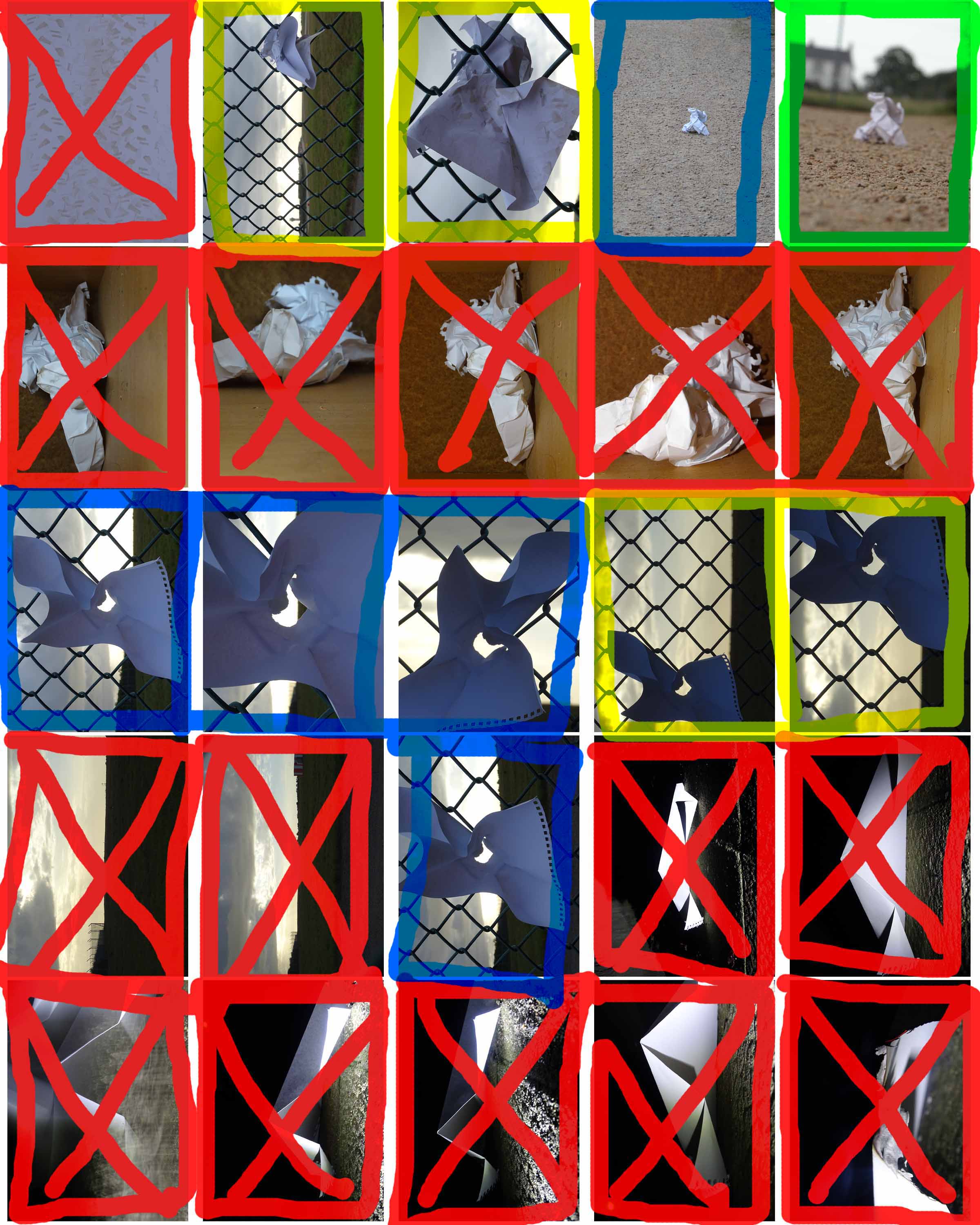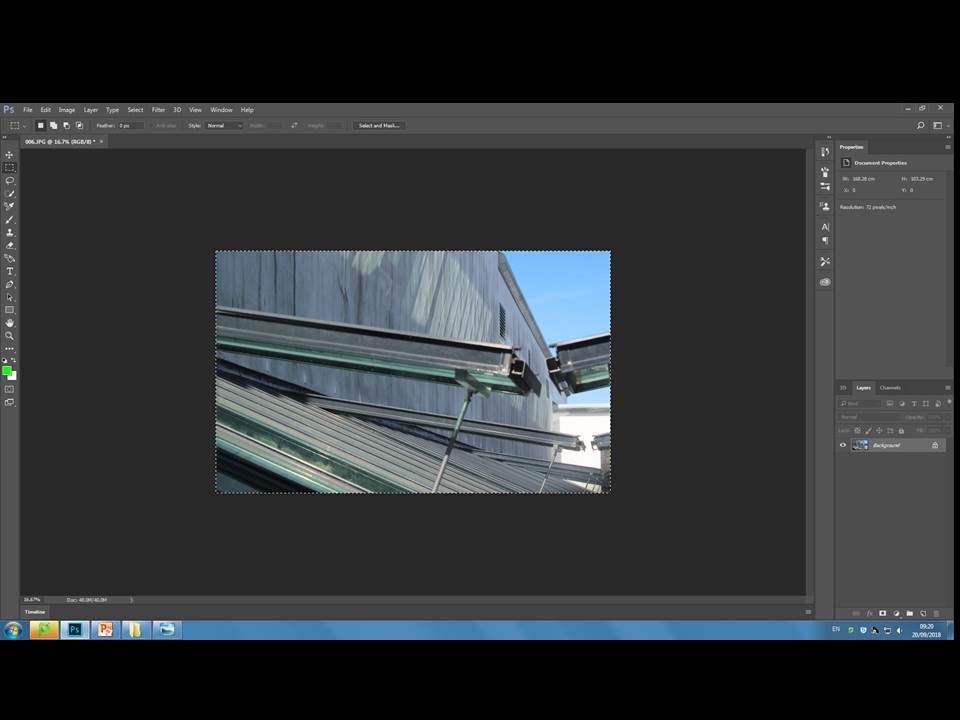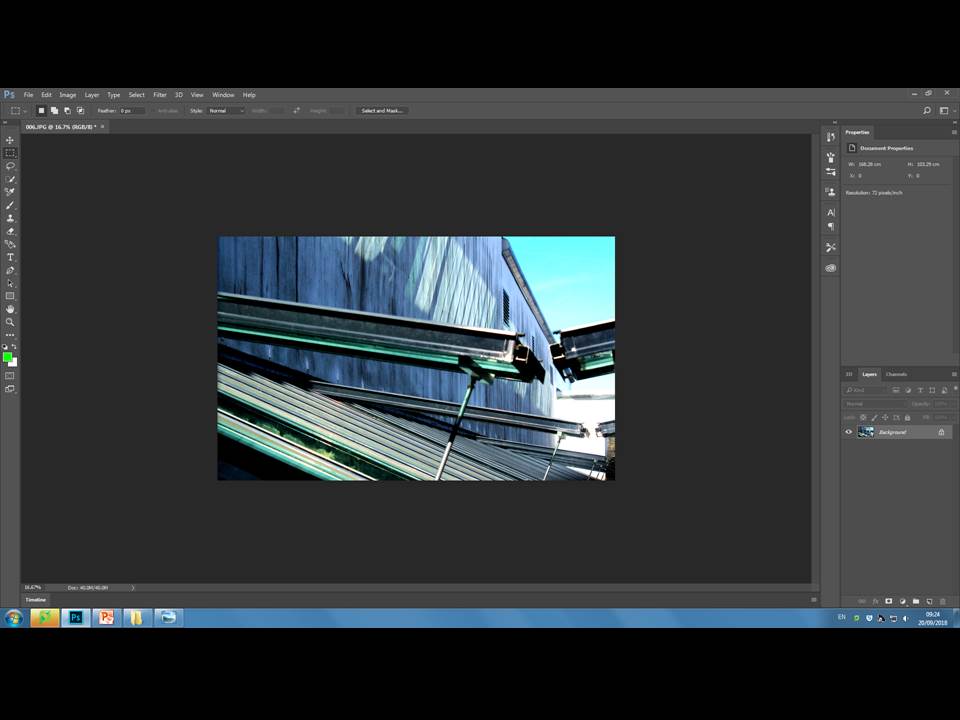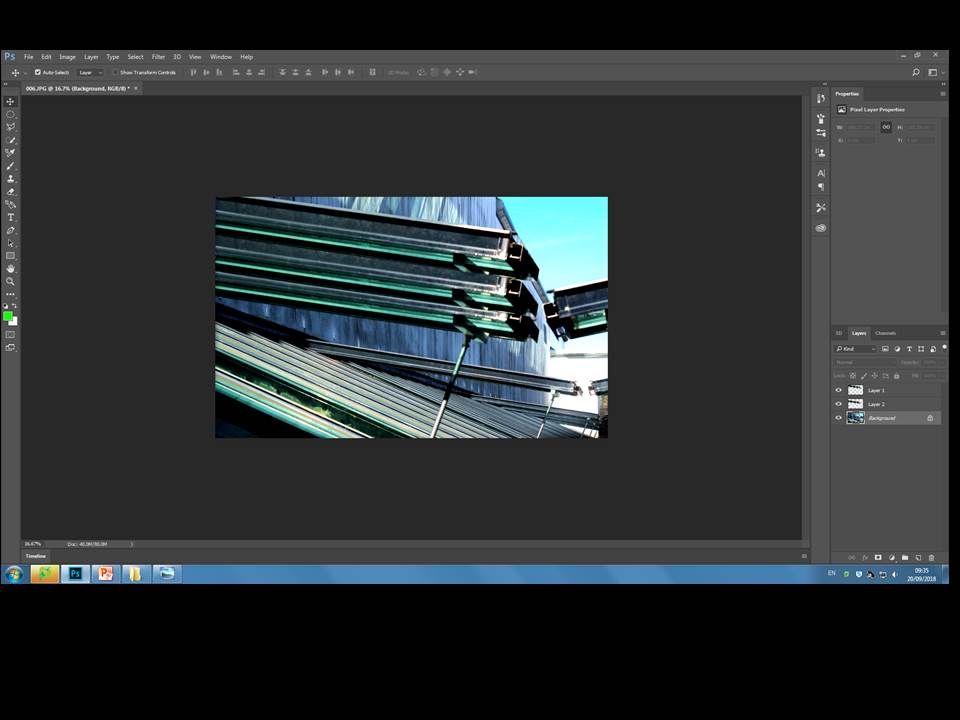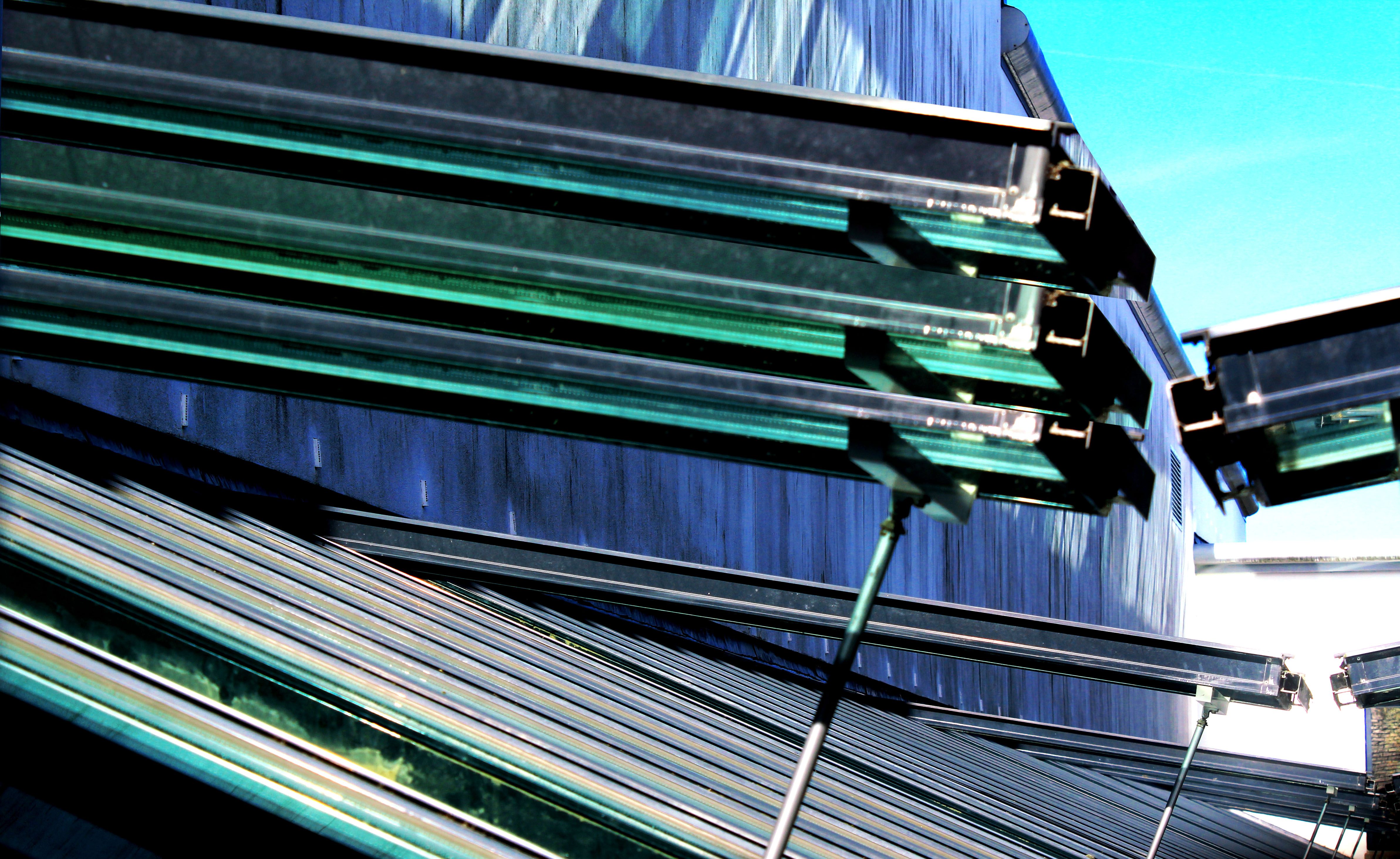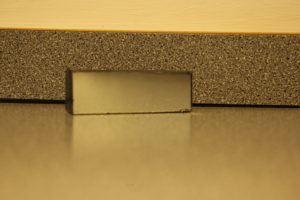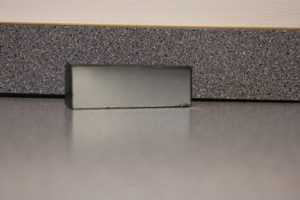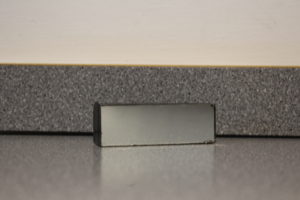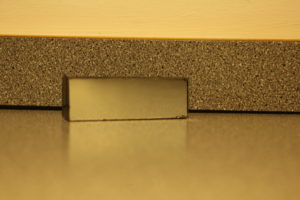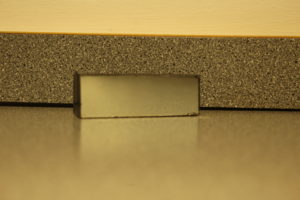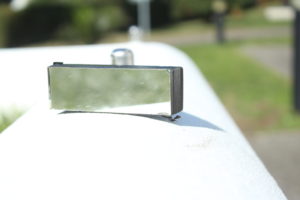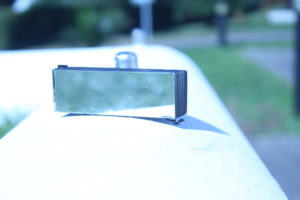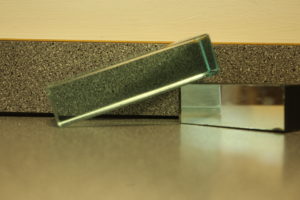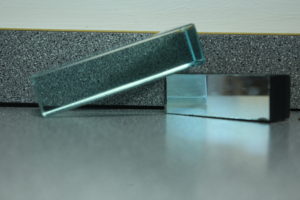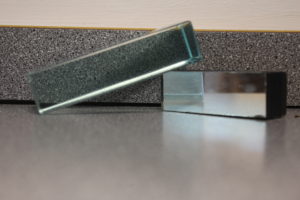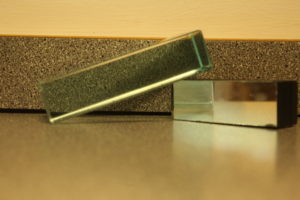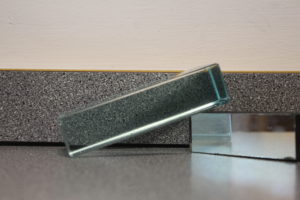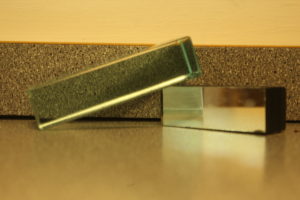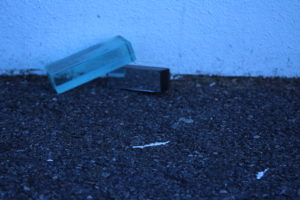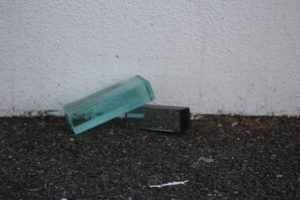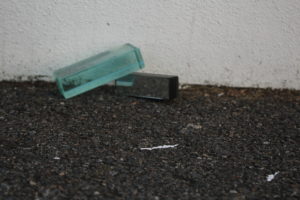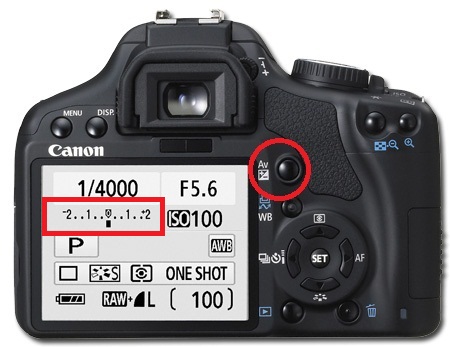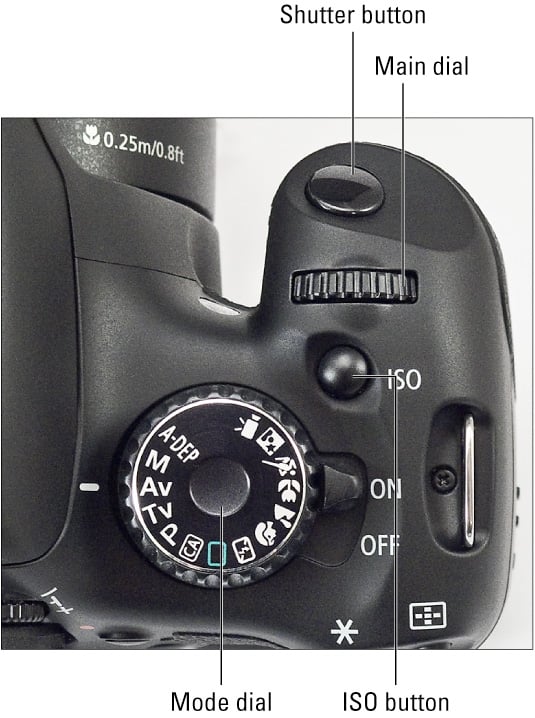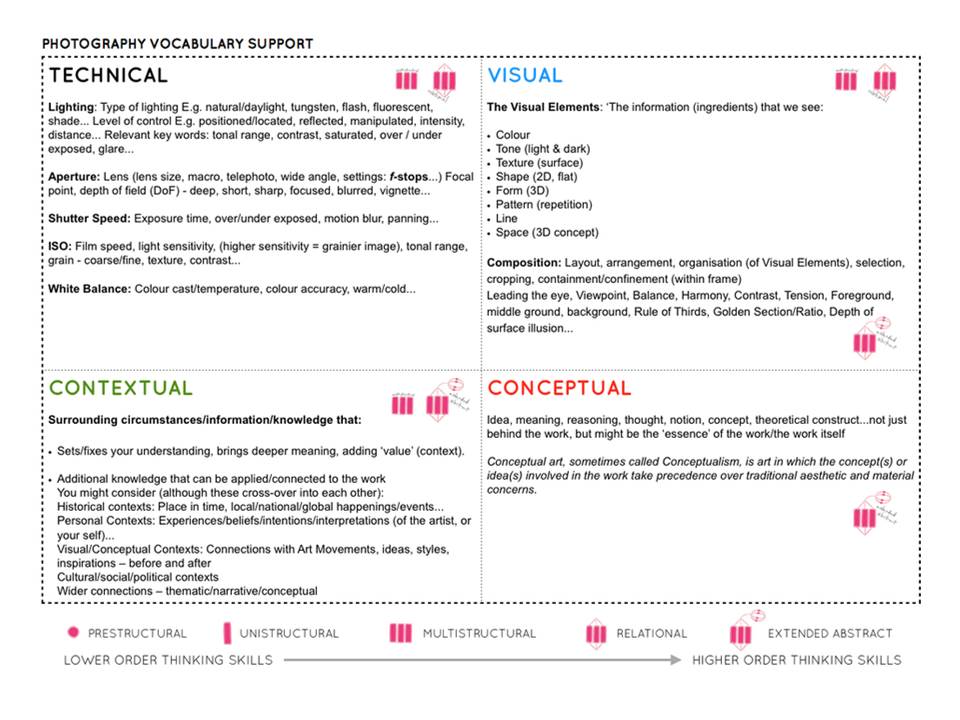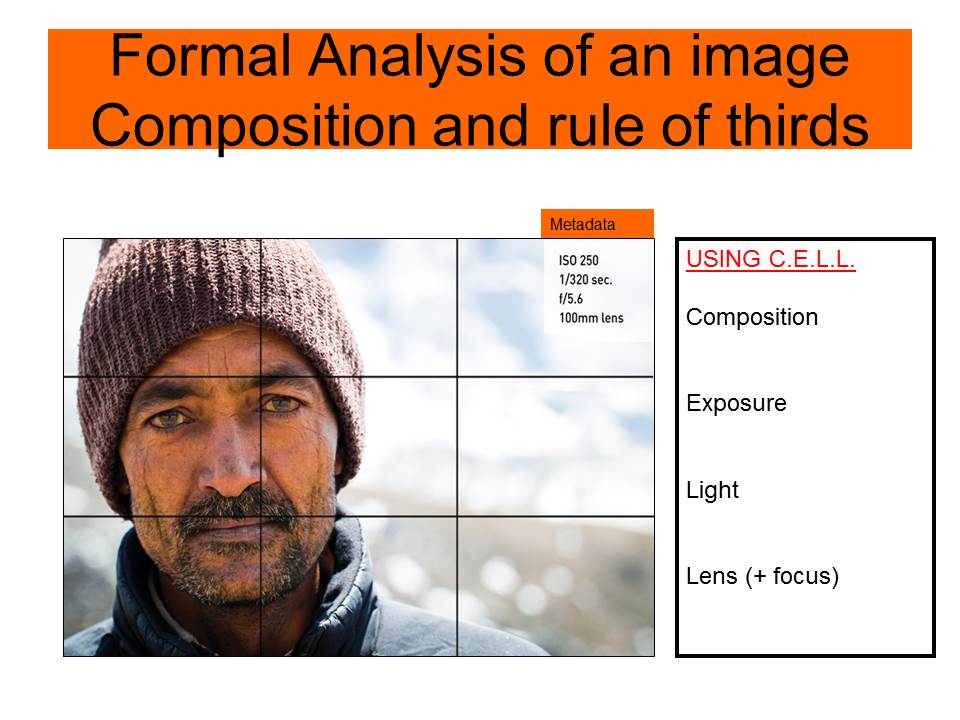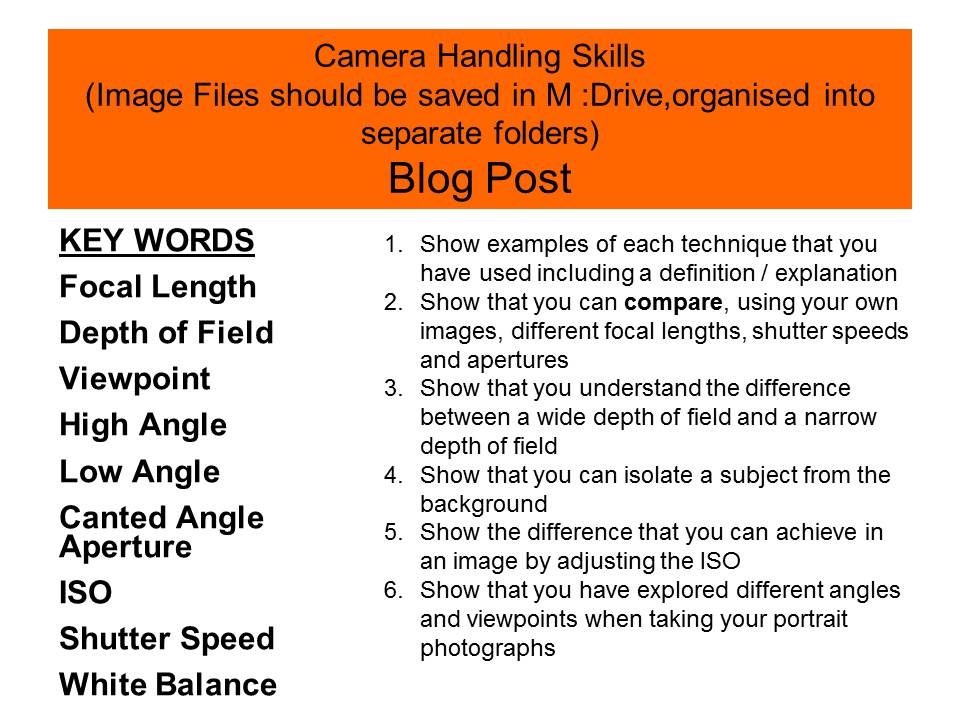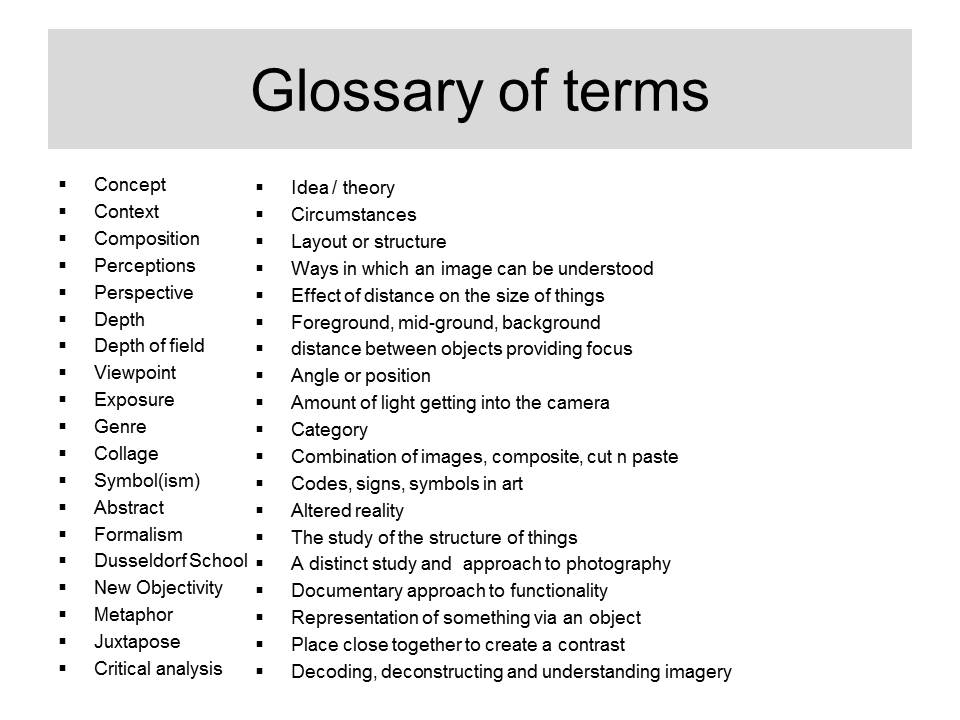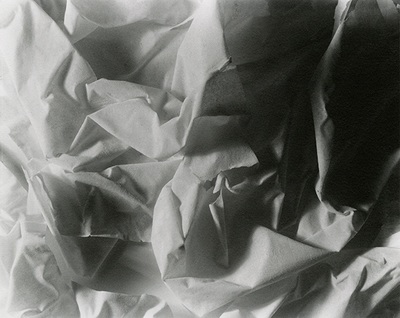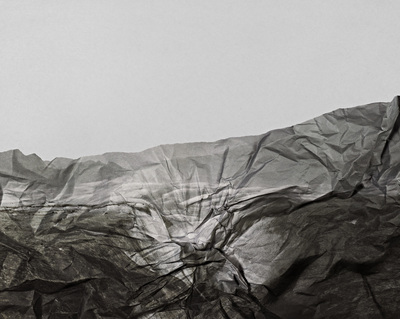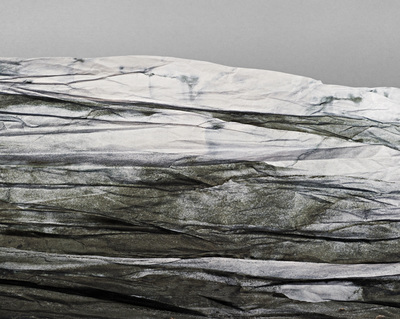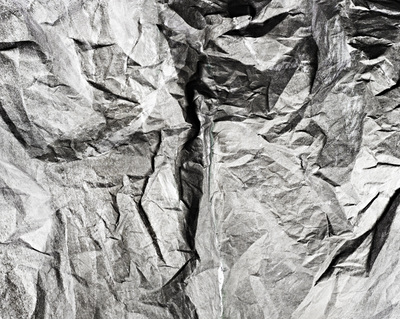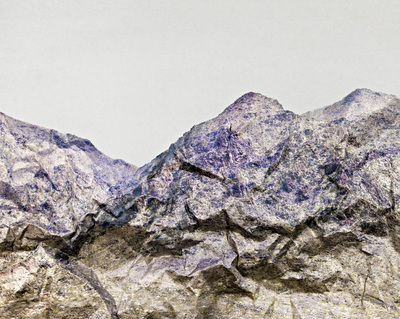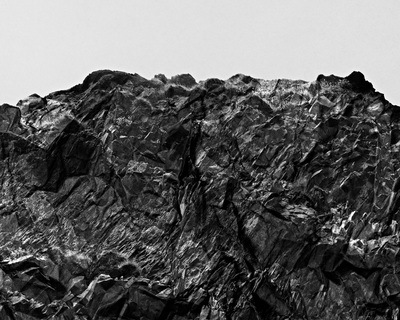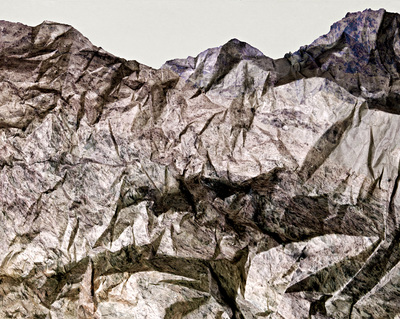Depth of field is the distance about the plane of focus, where objects appear acceptably sharp in an image. Although an optical imaging system can precisely focus on only one plane at a time, the decrease in sharpness is gradual on each side on the plane of focus, so that within the depth of focus the unsharpness is imperceptible under normal viewing conditions.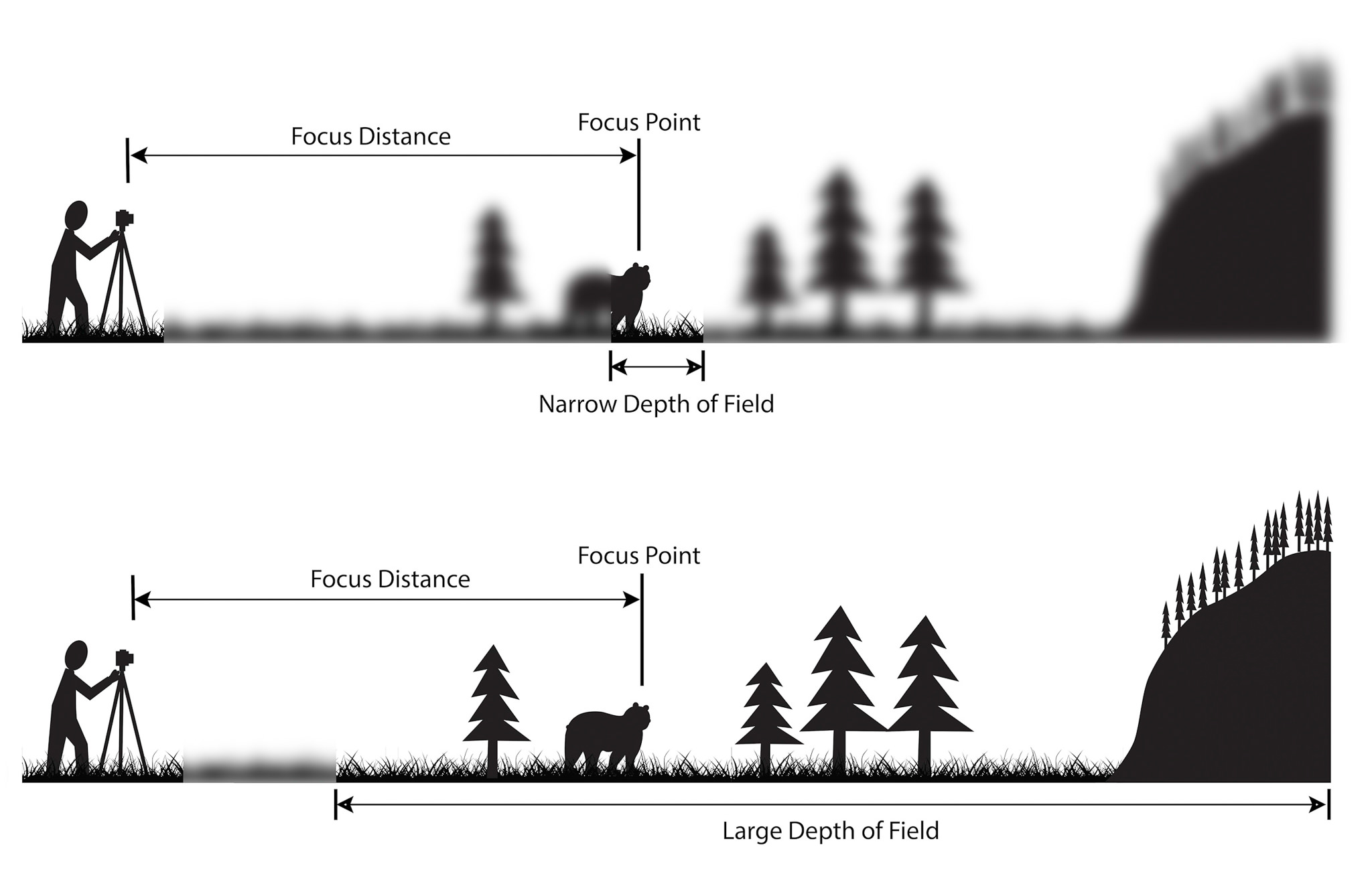 Many photographers have used Depth of field to create a certain type of mood or effect for the photo that they are taking.
Many photographers have used Depth of field to create a certain type of mood or effect for the photo that they are taking.
Many of these photographers include:
Ralph Eugene Meatyard- Meatyard mainly experimented with various strategies including multiple exposures, motion blur and other methods of photographic abstraction. Two of Meatyards series were mainly focused on Depth of field, with both stretching the expressive potential of photography and film when looking within the ordinary world.
Here is some of his work, named ‘Zen Twigs’ 
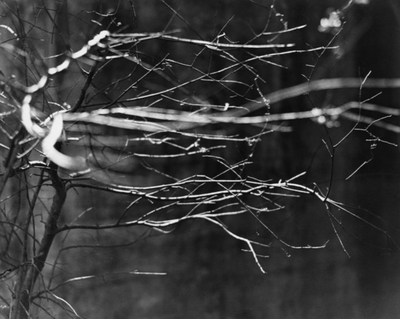 I really like these 2 photos as the dramatic use of the black and white gives the photo a spooky and eerie tone and effect, but also due to the leafless branches and the way that they stand out and creep out of the frame makes it seem alive-like. The use of the black and white effect makes the photograph have a colder atmosphere making it seem like the photo was taken in the middle of winter, giving it a cold and shivery feeling.
I really like these 2 photos as the dramatic use of the black and white gives the photo a spooky and eerie tone and effect, but also due to the leafless branches and the way that they stand out and creep out of the frame makes it seem alive-like. The use of the black and white effect makes the photograph have a colder atmosphere making it seem like the photo was taken in the middle of winter, giving it a cold and shivery feeling.

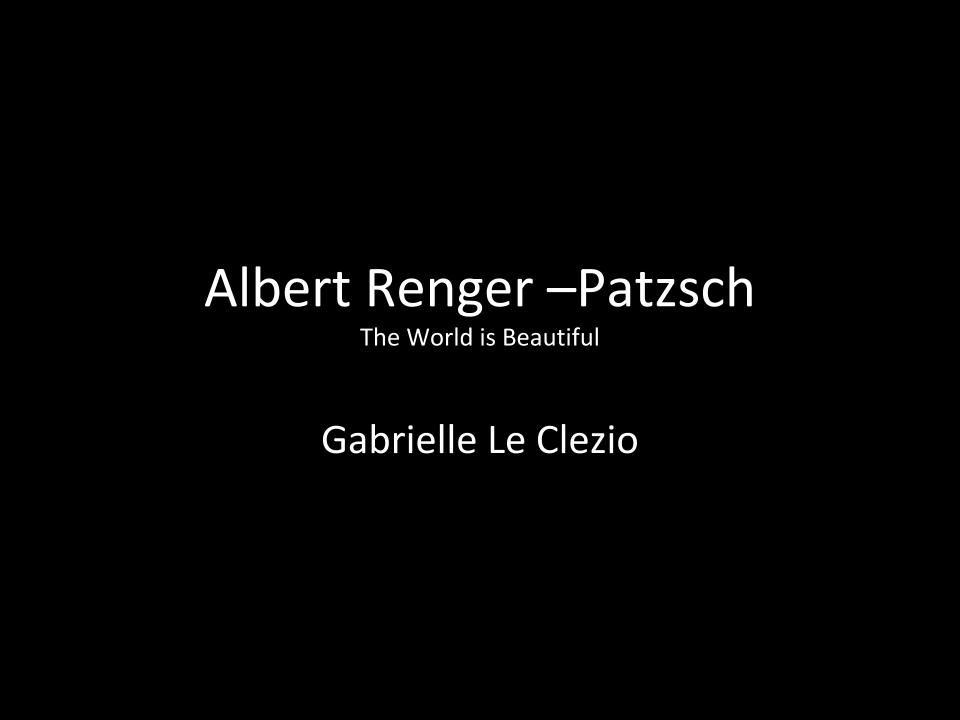
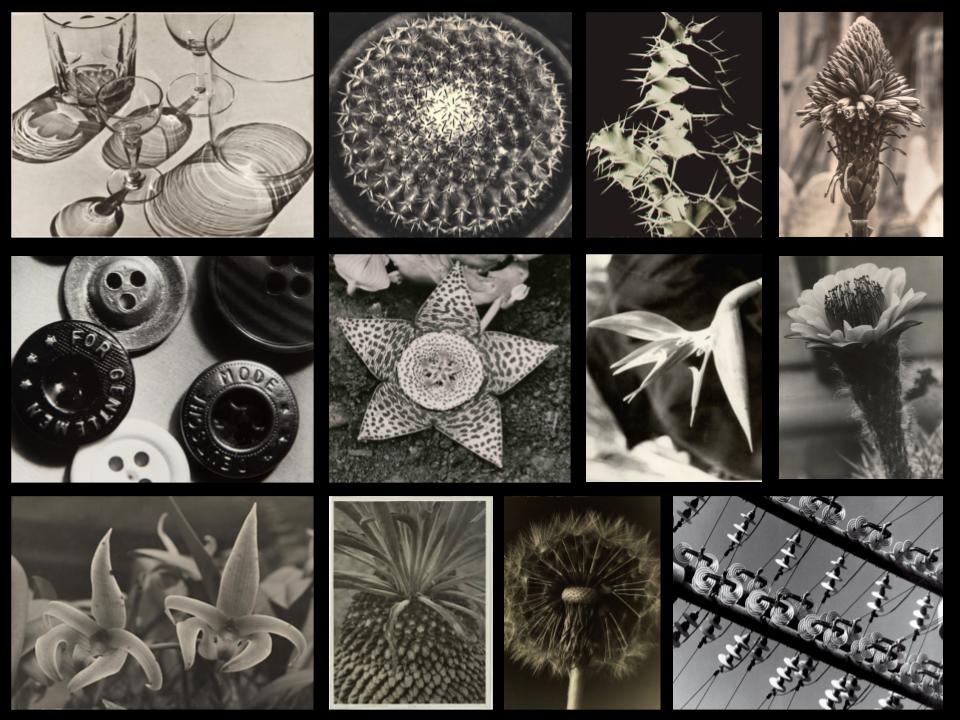
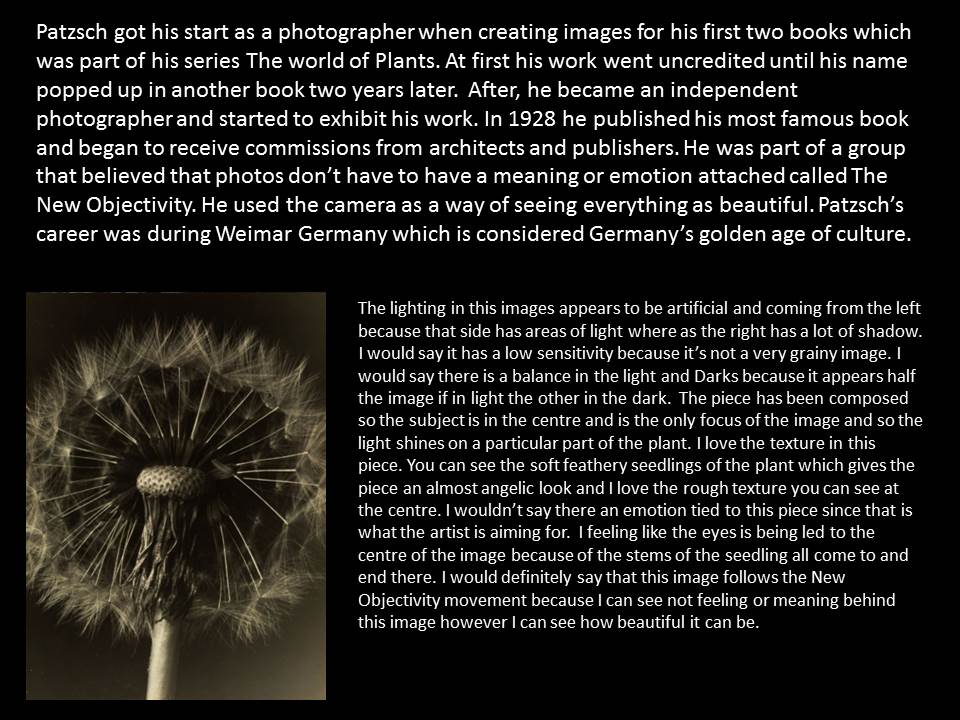
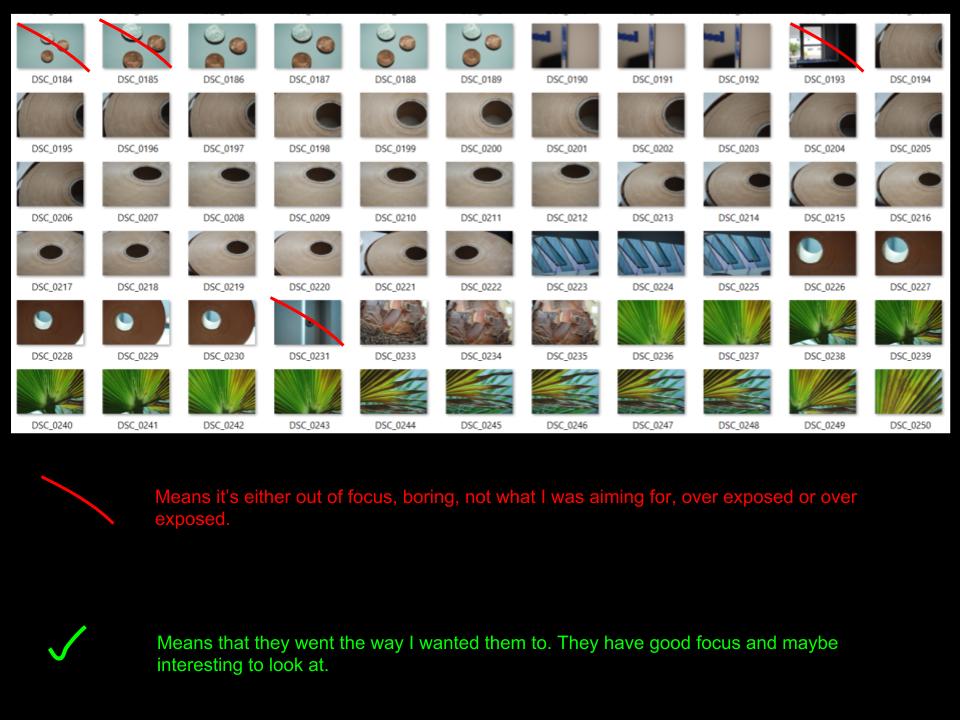
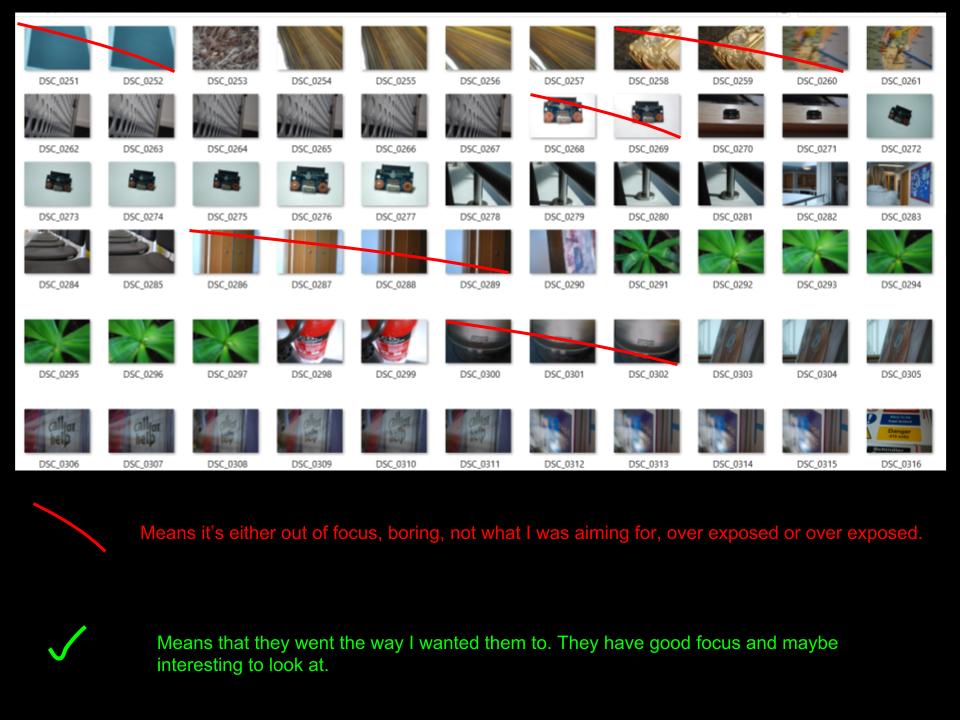





 This is my second time using a contact sheet to create ideas for final photographs. I have used the same colours as I did last time to show my final choices and my thought process.
This is my second time using a contact sheet to create ideas for final photographs. I have used the same colours as I did last time to show my final choices and my thought process.